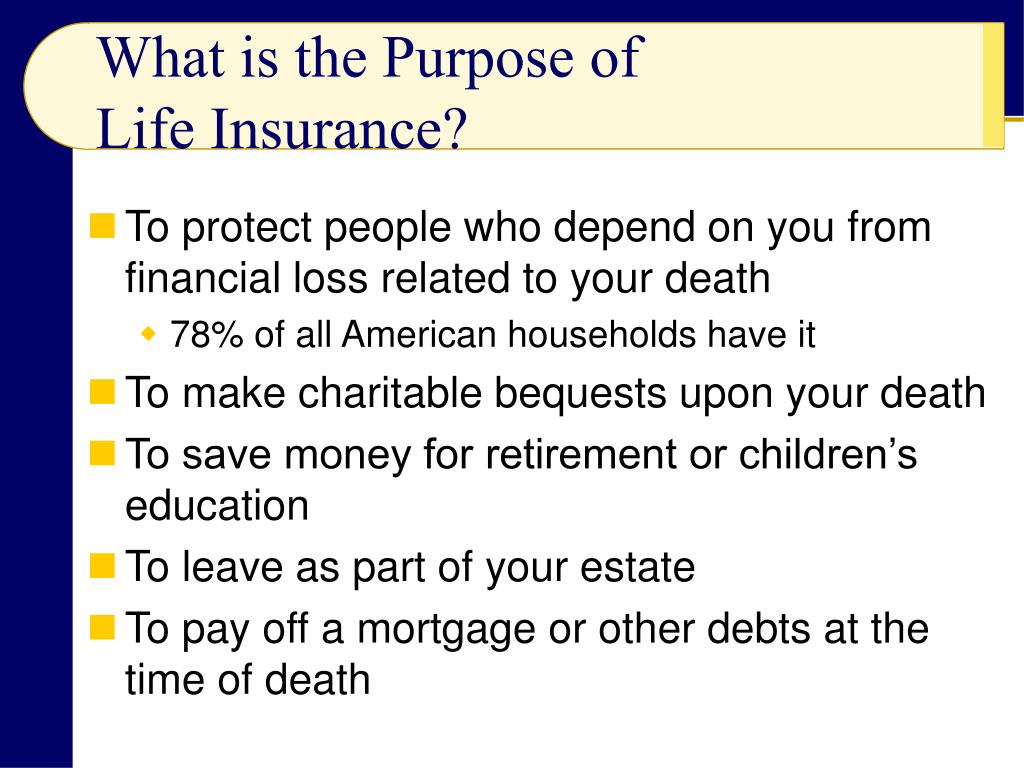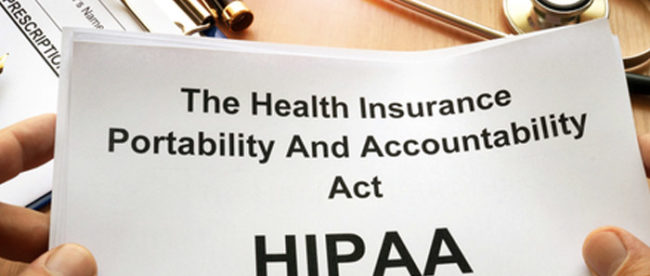How Pacific Prime can Save You Time, Stress, and Money.
Table of ContentsSome Known Facts About Pacific Prime.Rumored Buzz on Pacific PrimeThe smart Trick of Pacific Prime That Nobody is Talking About8 Easy Facts About Pacific Prime ExplainedThe Single Strategy To Use For Pacific Prime

This is due to the fact that the data were collected for a duration of solid economic performance. Of the approximated 42 million individuals who were without insurance, almost regarding 420,000 (about 1 percent) were under 65 years old, the age at which most Americans become eligible for Medicare; 32 million were grownups between ages 18 and 65, around 19 percent of all grownups in this age group; and 10 million were children under 18 years old, regarding 13.9 percent of all youngsters (Mills, 2000).
These price quotes of the number of individuals without insurance are generated from the yearly March Supplement to the Present Population Study (CPS), performed by the Census Bureau. Unless otherwise kept in mind, nationwide estimates of individuals without medical insurance and percentages of the populace with different kinds of coverage are based upon the CPS, one of the most commonly made use of resource of estimates of insurance coverage and uninsurance prices.
The 10-Second Trick For Pacific Prime

Still, the CPS is specifically beneficial due to the fact that it creates yearly quotes reasonably rapidly, reporting the previous year's insurance policy protection estimates each September, and since it is the basis for a constant collection of price quotes for greater than 20 years, permitting evaluation of fads in coverage in time. For these reasons, in addition to the substantial use of the CPS in other studies of insurance coverage that are presented in this report, we depend on CPS estimates, with restrictions noted.

The quote of the number of without insurance people increases when a populace's insurance standing is tracked for a number of years. Over a three-year period starting early in 1993, 72 million individuals, 29 percent of the united state population, were without protection for at the very least one month. Within a solitary year (1994 ), 53 million individuals experienced at the very least a month without protection (Bennefield, 1998a)
Six out of every 10 uninsured grownups are themselves employed. Although functioning does boost the likelihood that and one's family participants will have insurance coverage, it is not a guarantee. Also participants of families with 2 full-time wage earners have nearly a one-in-ten possibility of being without insurance (9.1 percent without insurance price) (Hoffman and Pohl, 2000).
The Buzz on Pacific Prime
New immigrants represent a substantial proportion of individuals without wellness insurance. One evaluation has actually attributed a considerable section of the current growth in the dimension of the united state without insurance population to immigrants who got here in the nation in between 1994 and 1998 (Camarota and Edwards, 2000). Current immigrants (those who pertained to the United States within the past four years) do have a high price of being without insurance (46 percent), but they and their youngsters account for simply 6 percent of those without insurance policy country wide (Holahan et al., 2001).
The connection in between health and wellness insurance coverage and access to care is well developed, as documented later on in this try these out chapter. Although the connection in between medical insurance and wellness results is neither straight neither basic, an extensive scientific and health solutions study literature links medical insurance protection to improved access to care, better high quality, and enhanced personal and population health status.
Degrees of analysis for analyzing the effects of uninsurance. It focuses specifically on those without any kind of wellness insurance for any kind of length of time.
The Best Guide To Pacific Prime
The troubles faced by the underinsured remain in some aspects comparable to those dealt with by the without insurance, although they are generally less severe. group insurance plans. Uninsurance and underinsurance, however, involve definitely different policy problems, and the techniques for addressing them may differ. Throughout this research study and the five reports to comply with, the primary emphasis gets on individuals without health insurance coverage and hence no assistance in paying for health and wellness care beyond what is offered via charity and safeguard establishments
Medical insurance is an effective factor affecting receipt of care since both individuals and medical professionals react to the out-of-pocket rate of solutions - https://yoomark.com/content/we-are-award-winning-insurance-intermediary-choice-simplifying-world-insurance-help-you-find. Medical insurance, nonetheless, is neither necessary nor enough to get to clinical solutions. The independent and straight impact of health and wellness insurance policy protection on accessibility to wellness solutions is well developed.
Others will obtain the healthcare they need also without health and wellness insurance, by spending for it out of pocket or seeking it from suppliers who offer treatment totally free or at highly subsidized prices. For still others, medical insurance alone does not guarantee invoice of care due to various other nonfinancial barriers, such as an absence of health treatment service providers in their area, restricted accessibility to transportation, illiteracy, or etymological and cultural distinctions.
Pacific Prime - The Facts
Formal research regarding uninsured populations in the United States dates to the late 1920s and very early 1930s when the Board on the Cost of Medical Care created a collection of reports about financing doctor workplace gos to and hospital stays. This concern became prominent as the varieties of medically indigent climbed during the Great Clinical depression.